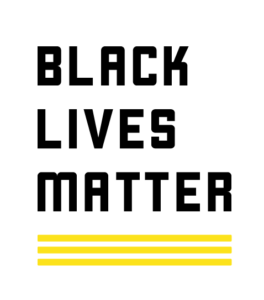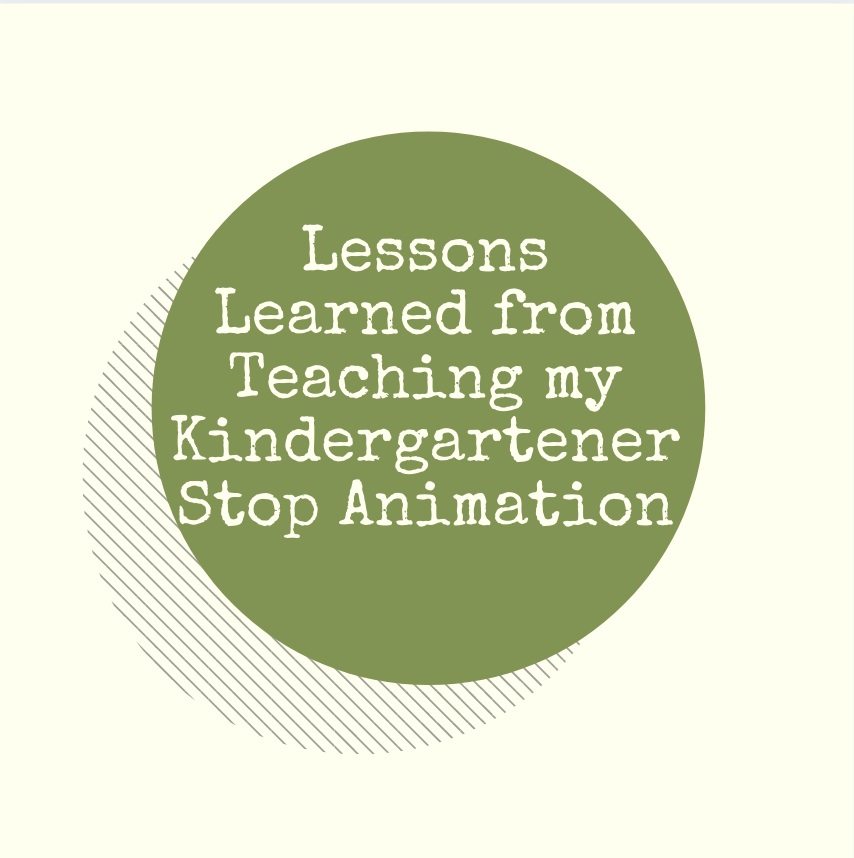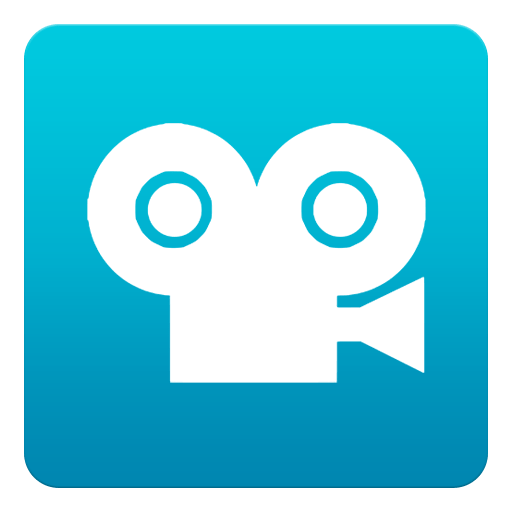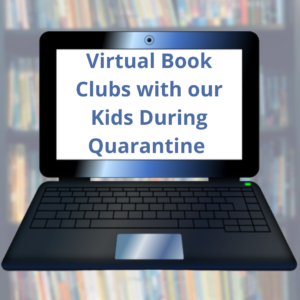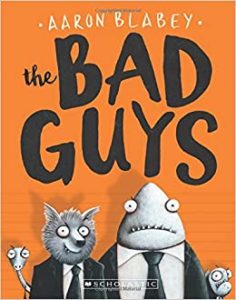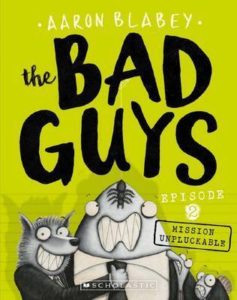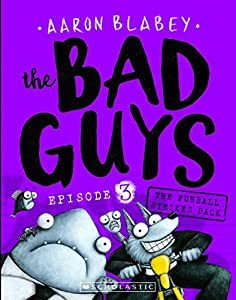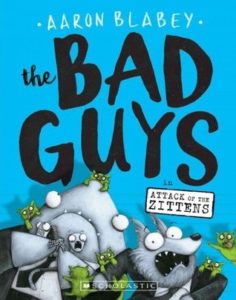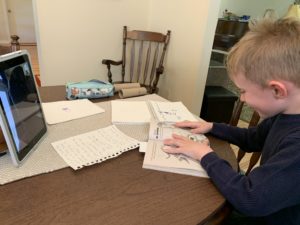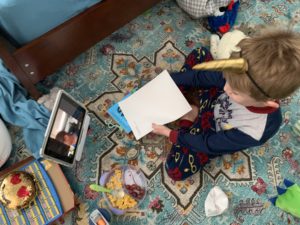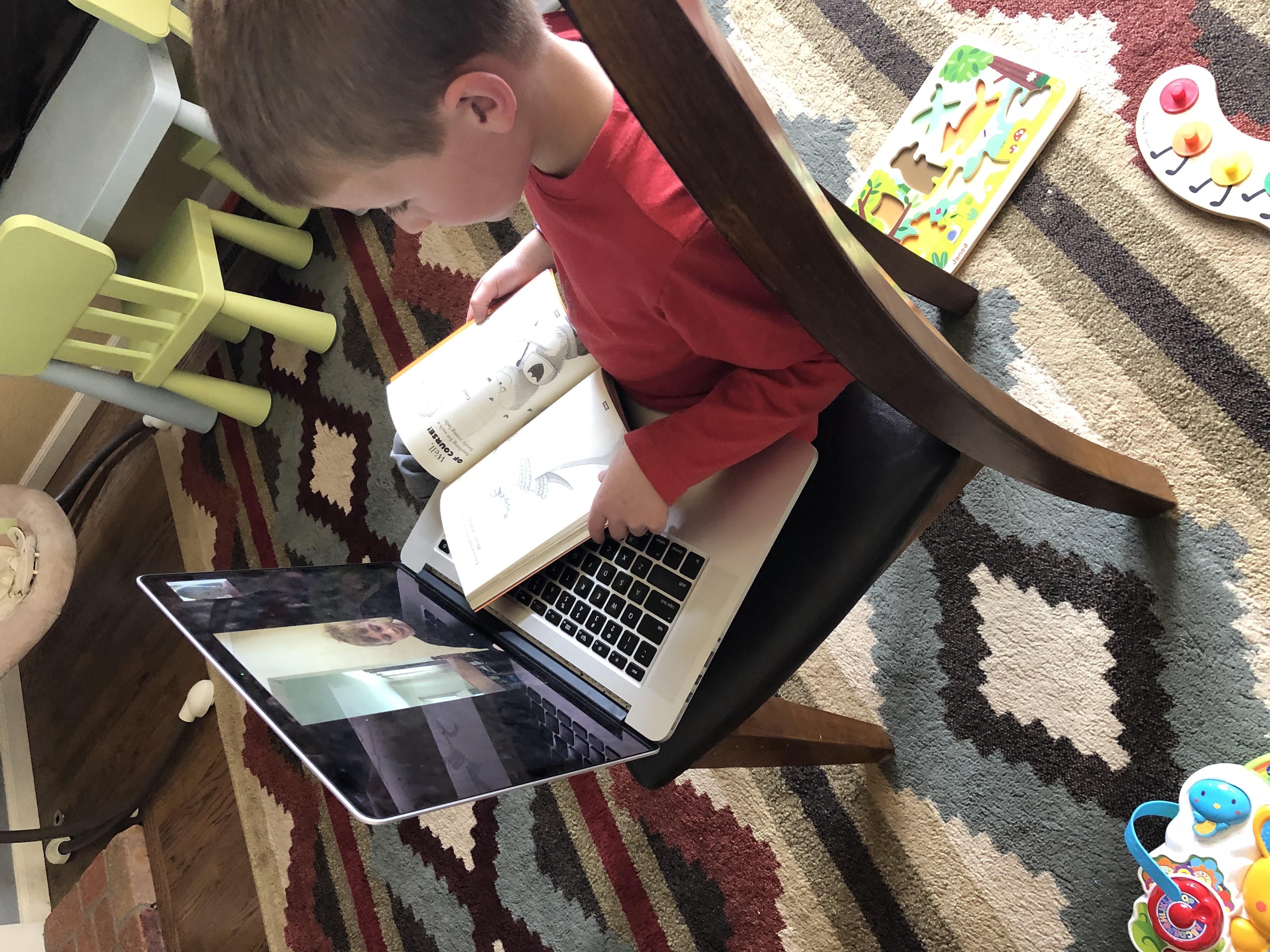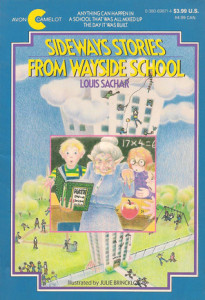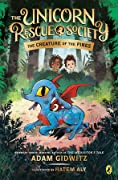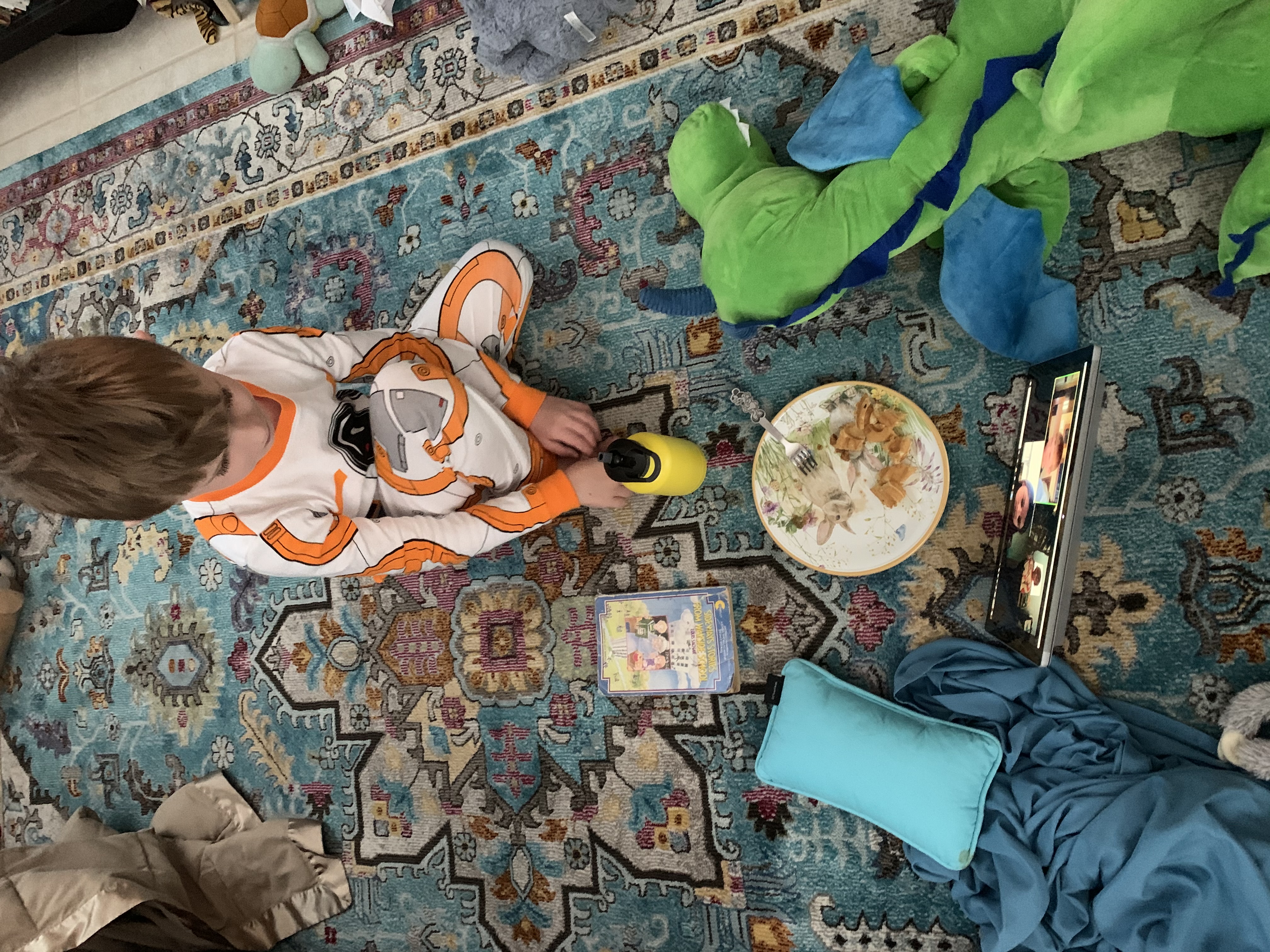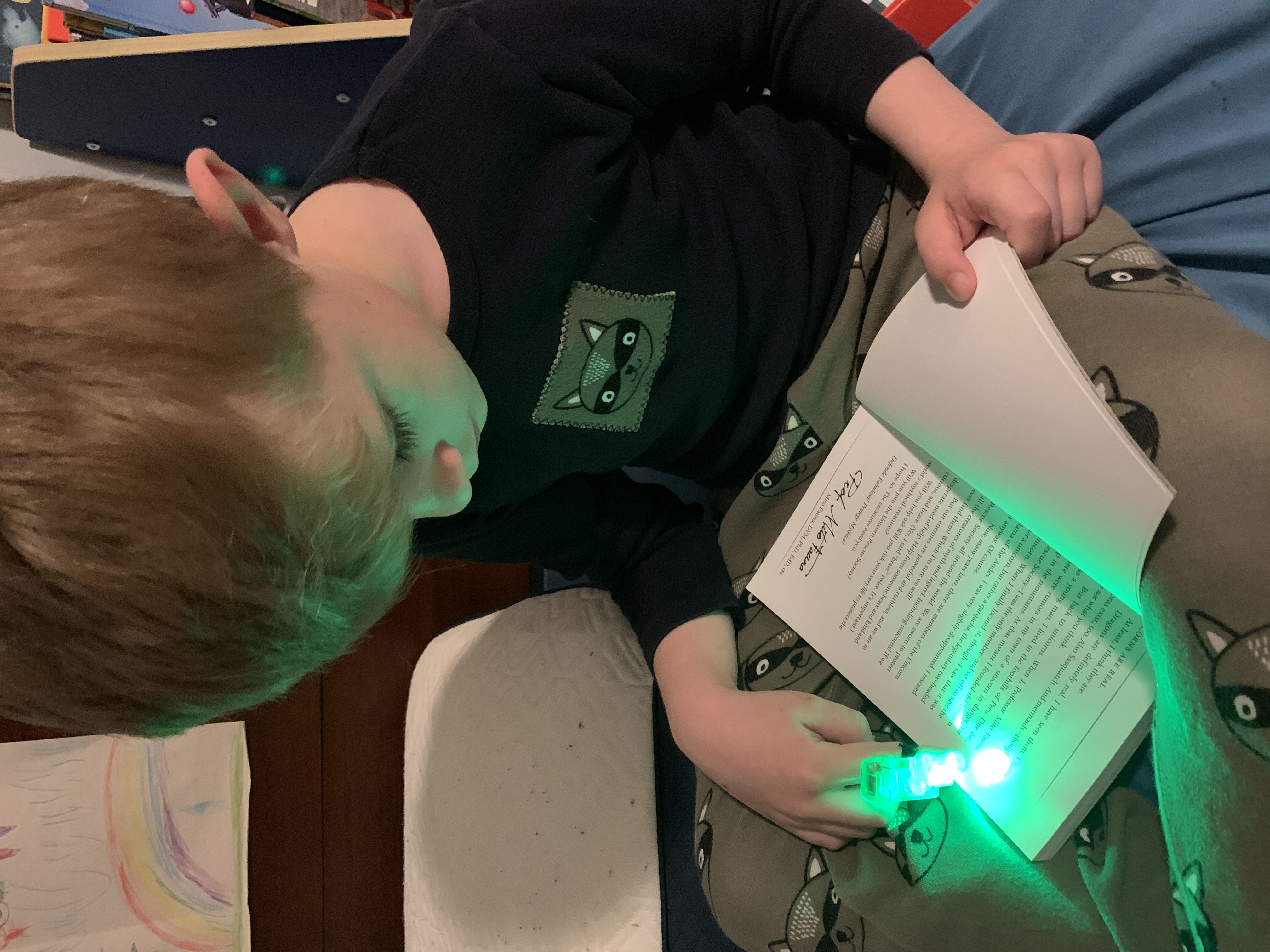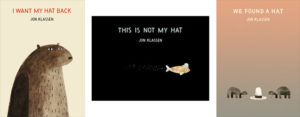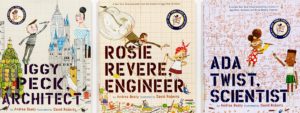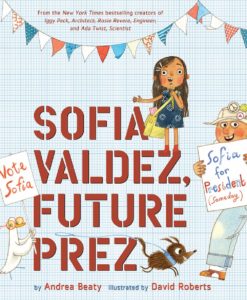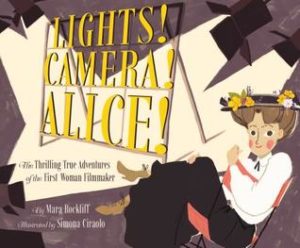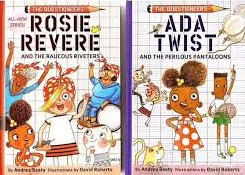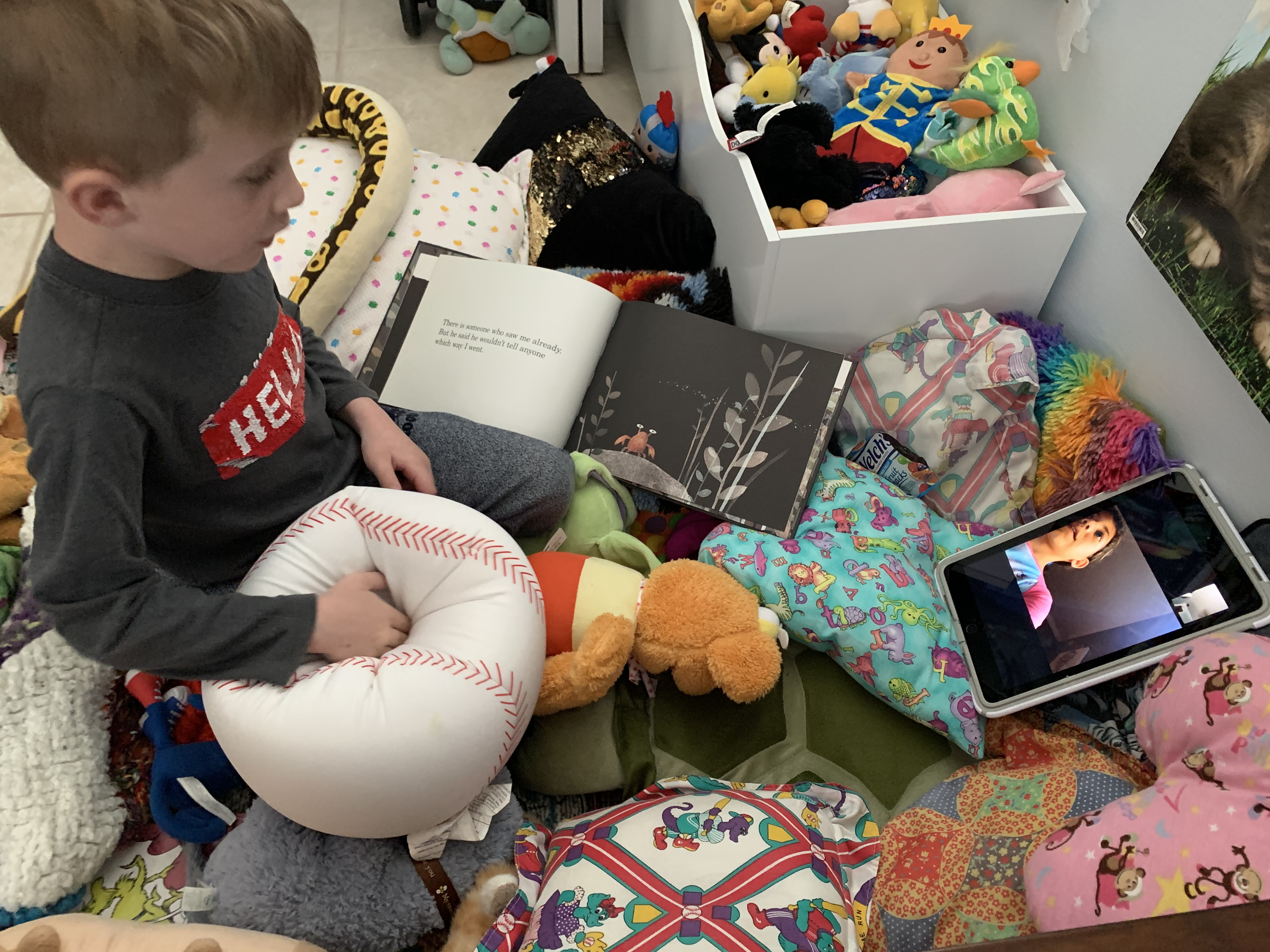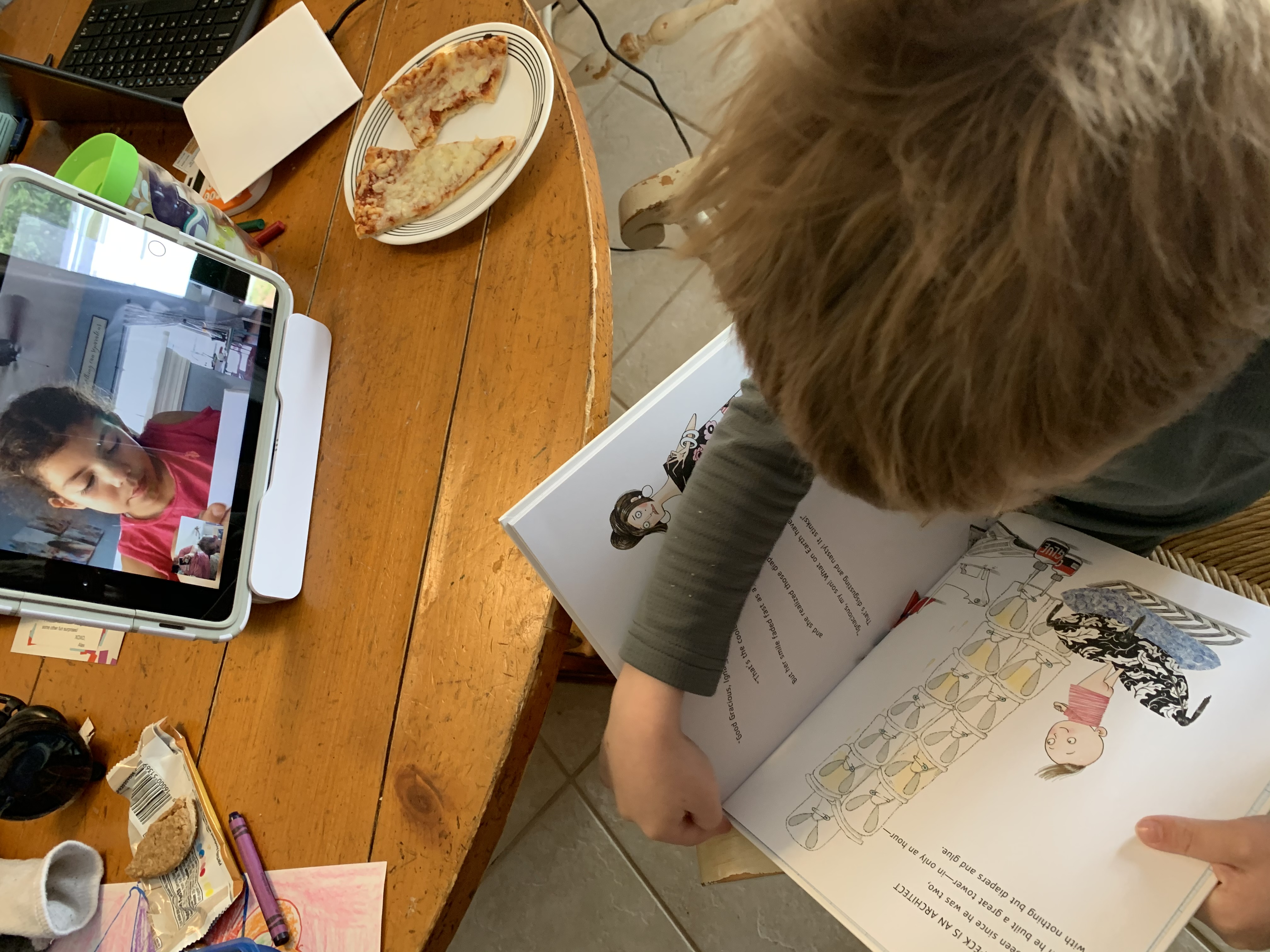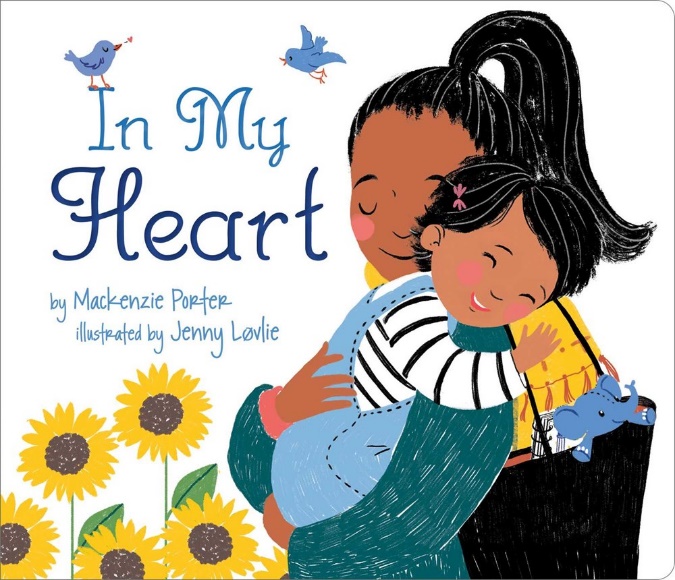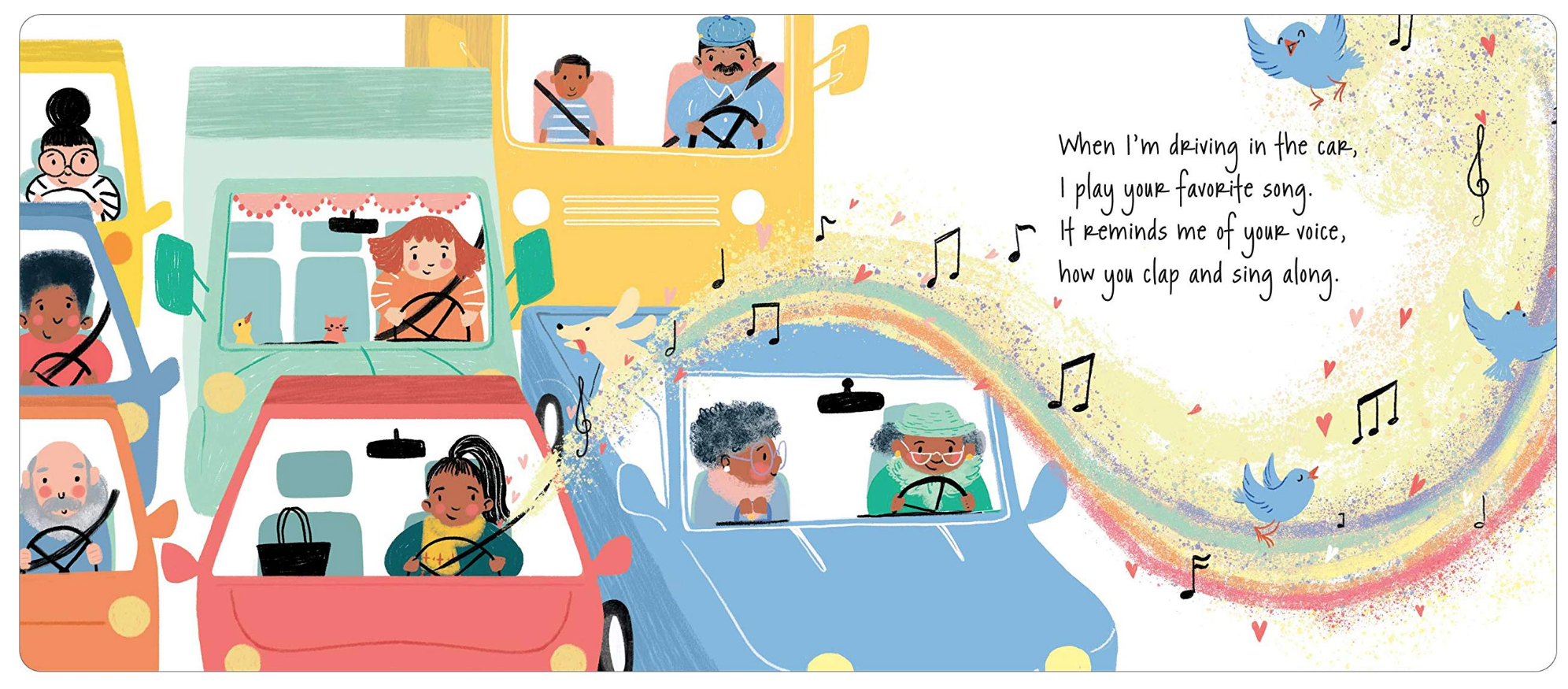I’ve been wanting to write this post for a long time, but it is hard to talk about. I still get very emotional about it. But after 4 years, I am ready to share, and I am purposefully posting it right at the start of the school year.
This story takes place when Trent entered Kindergarten.
Trent has been in daycare then preschool and then public school since he was 5 months old. He had always loved school. It was never a fight to get him there. His love of learning, of socializing, of playing, of books–it was all so wonderful to witness. Throughout his first 5 years in school, there had been incidences here and there, as with any kid, but overall I was told he was a pleasure to have in class, he excelled at his work, and he was truly loved by so many teachers.
Then we entered kindergarten. He was so excited. I still have pictures that pop up yearly of him with his huge backpack, our family photo on day one, and the photo with his teacher. Just so filled with joy.
But over just a few weeks, I watched that wash away.
I had learned at his meet the teacher that his new teacher used a color coding behavior chart. We’d never had one in one of Trent’s classes before, and I knew about some negative opinions about them, but I was optimistic because I had to be. Also, as an educator, I understood to some extent needing to give visuals to students about their behavior and to keep track of warnings.
As the school year began, though, my optimism fell away. At first, it was just yellow or red dots coming home in his planner with small notes from his teacher. I emailed her to get more info, and we emailed back and forth about how to help Trent.
But then Trent’s demeanor changed. He tried to hide his planner from me, he stopped wanting to go to school, and he started to call himself a bad kid. It happened so quickly. My sweet boy who loved school now was wanting to avoid it as much as he could. There were so many tears.
Through communication with the teacher, I learned that students could earn their way back up; however, with the focus on negative behavior, Trent, I believe, was giving up. He told me he was bad so he was red. When I asked him what he thought he could do to move up, he said that he tried but that he was a bad kid.
Through talking with Trent, I learned that the kids very much paid attention to who was where. When he wasn’t red, he’d make sure to tell me who was the bad kid that day. That is always how my little 5-year-old put it: the bad kid. No wonder he viewed himself that way, that is how they all viewed students who were on red.
Eventually, I realized that this system was public shaming. It was not helping the situation at all; it was embarrassing and setting kids up for failure. I mean, would we want our boss to let everyone know how we were doing every day?! No!
I cannot put into words what this transformation of Trent, in just a few weeks, did to our household. The whole climate of the house changed, Trent’s whole demeanor changed, and we were helpless because this emotional beat down was happening at school where we weren’t.
I emailed his teacher a lot. I asked a lot of questions. I advocated for my son. But she wouldn’t budge. I think she, too, after only 3 weeks, only saw my son as a bad kid, all because of silliness, some impulse control issues, and his tendency to question.
Thankfully, without any warning, Trent was moved to another class where the culture was completely different. The teacher never talked to me about the why, which was a whole other problem, but I am so thankful the move happened. After moving, it took another few weeks for the toxicity to wash away, but Trent returned to himself and blew kindergarten out of the water and is still rocking school to this day!
But what about the kids who were in that room all year who found themselves on red? Did they enter 1st grade already knowing they were a “bad kid,” so they knew they needn’t not even try?? How does this affect the mental health and longevity of schooling????
This is one way educators can ruin kids. Can we PLEASE realize this practice is more hurtful than anything and move away from it? Because how many kids out there are being hurt the way Trent was but for an entire year????
So, what can be done instead? Get to know your students, don’t ever publicly shame them, use your team of support at your school (the guidance counselor, school psychologist, etc.), and focus on positivity in the classroom. These little change could change everything.






